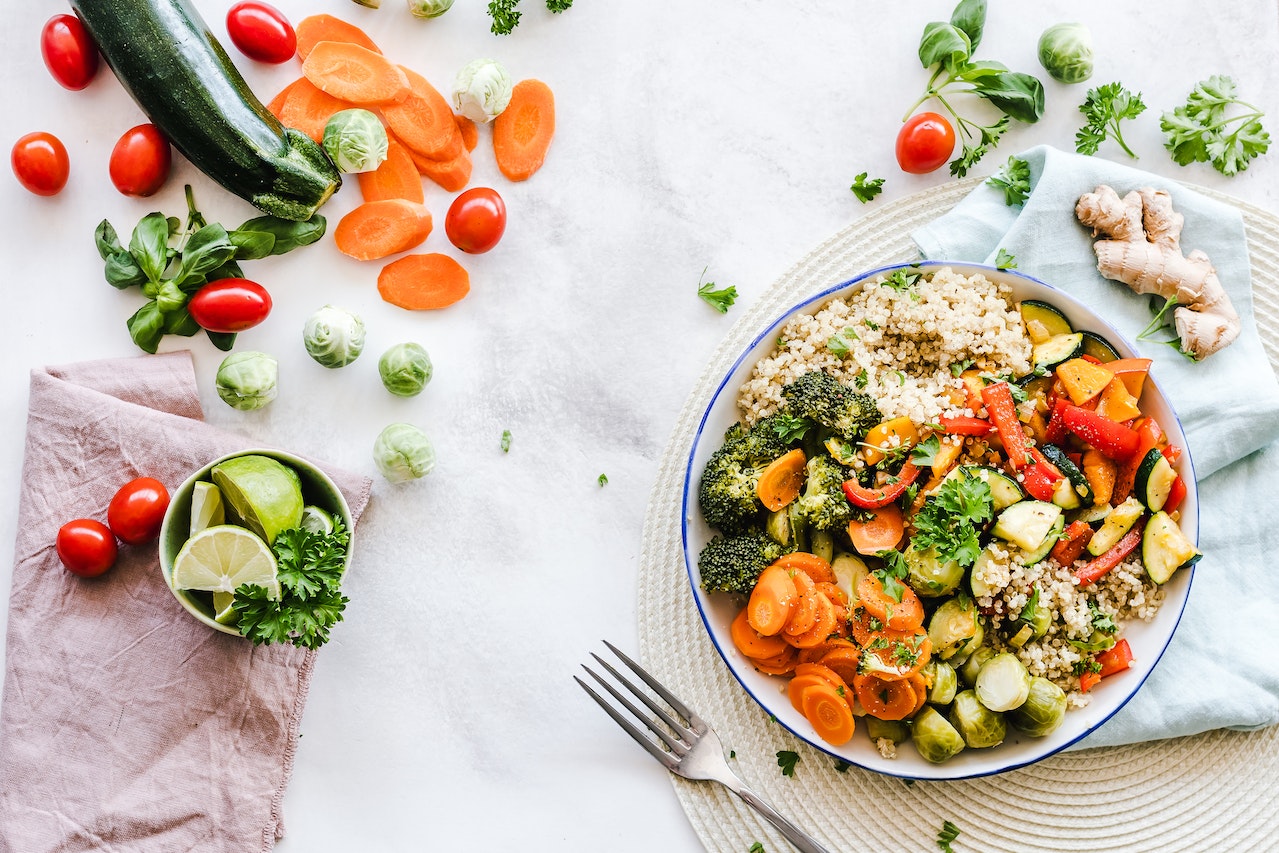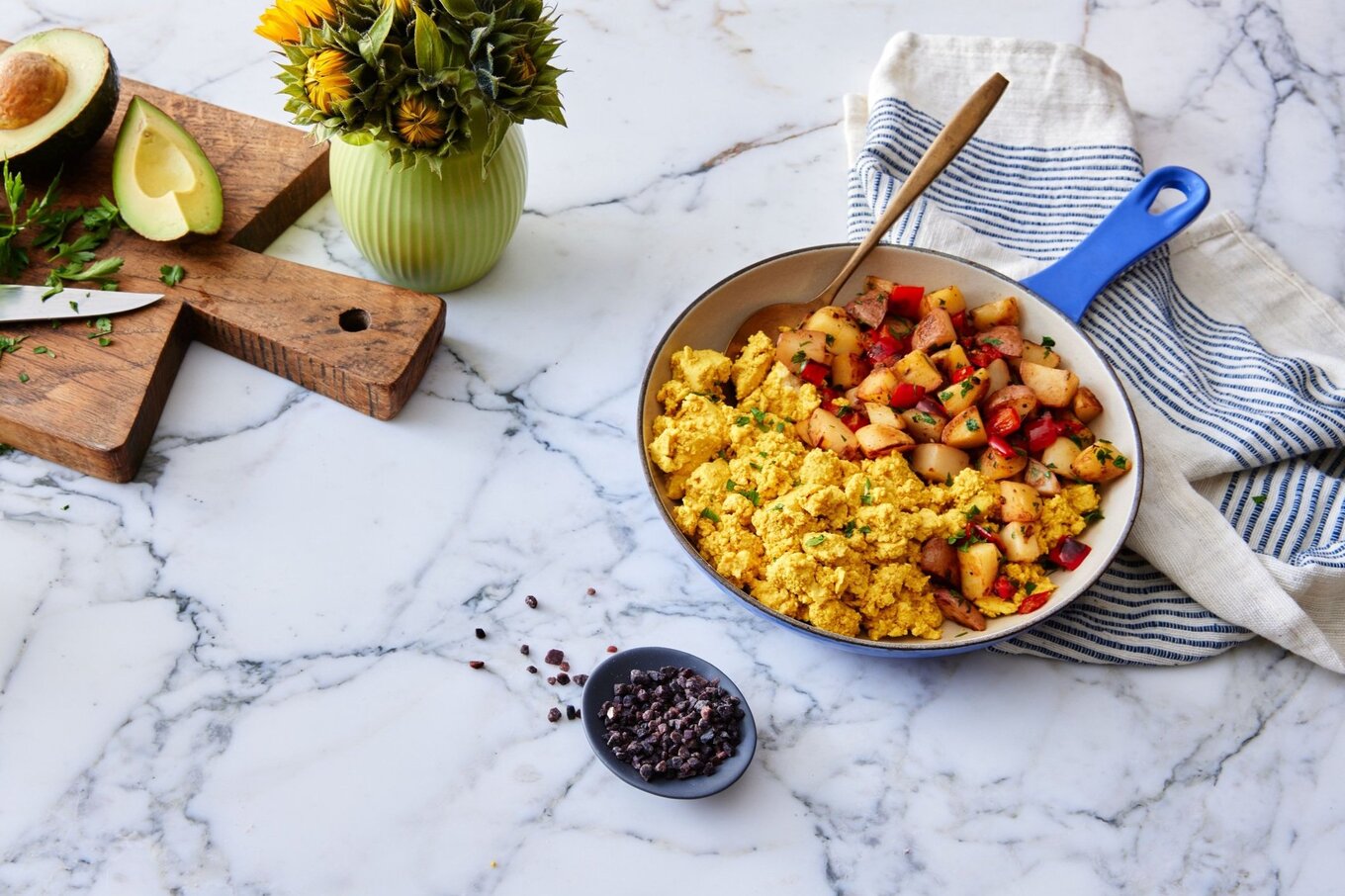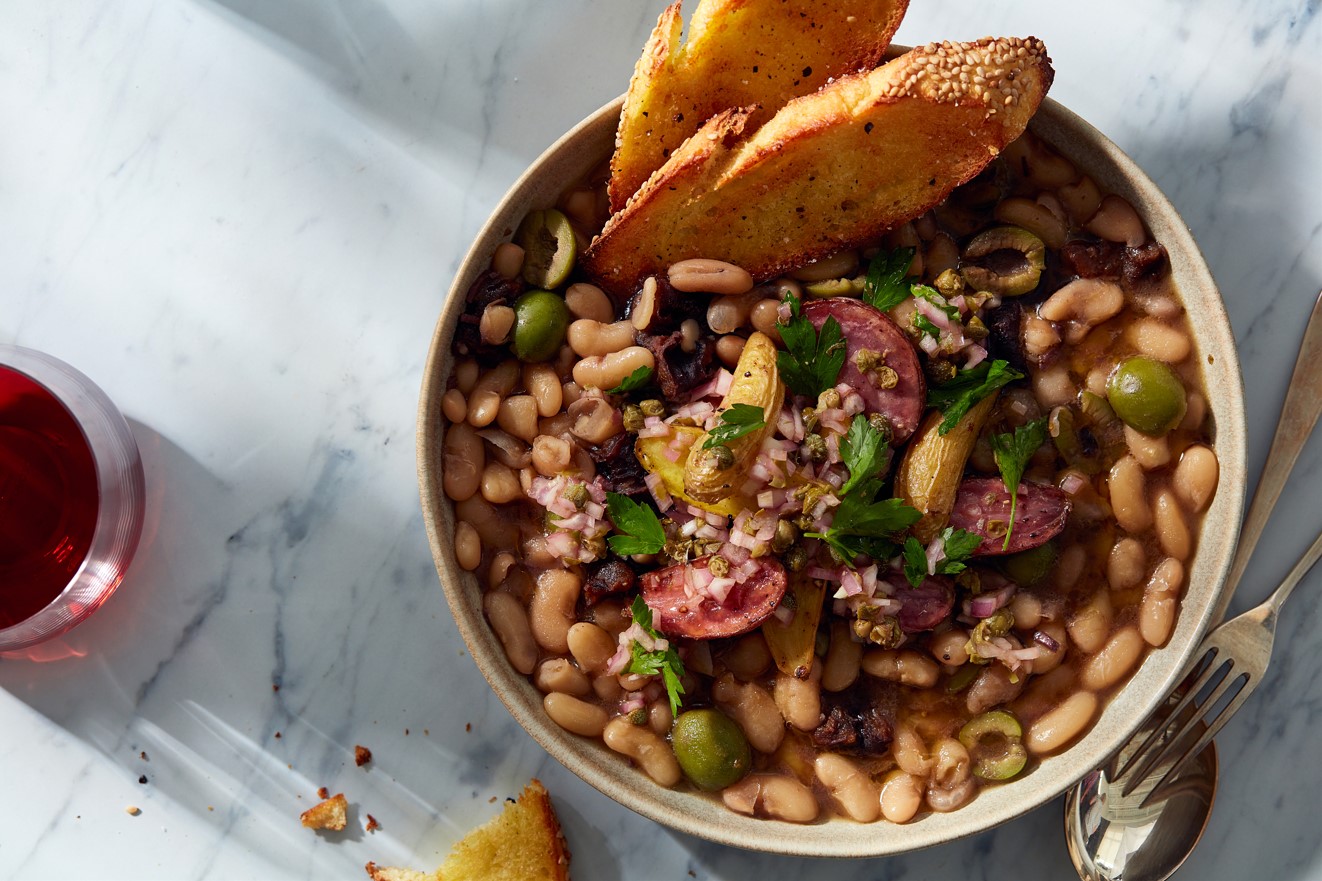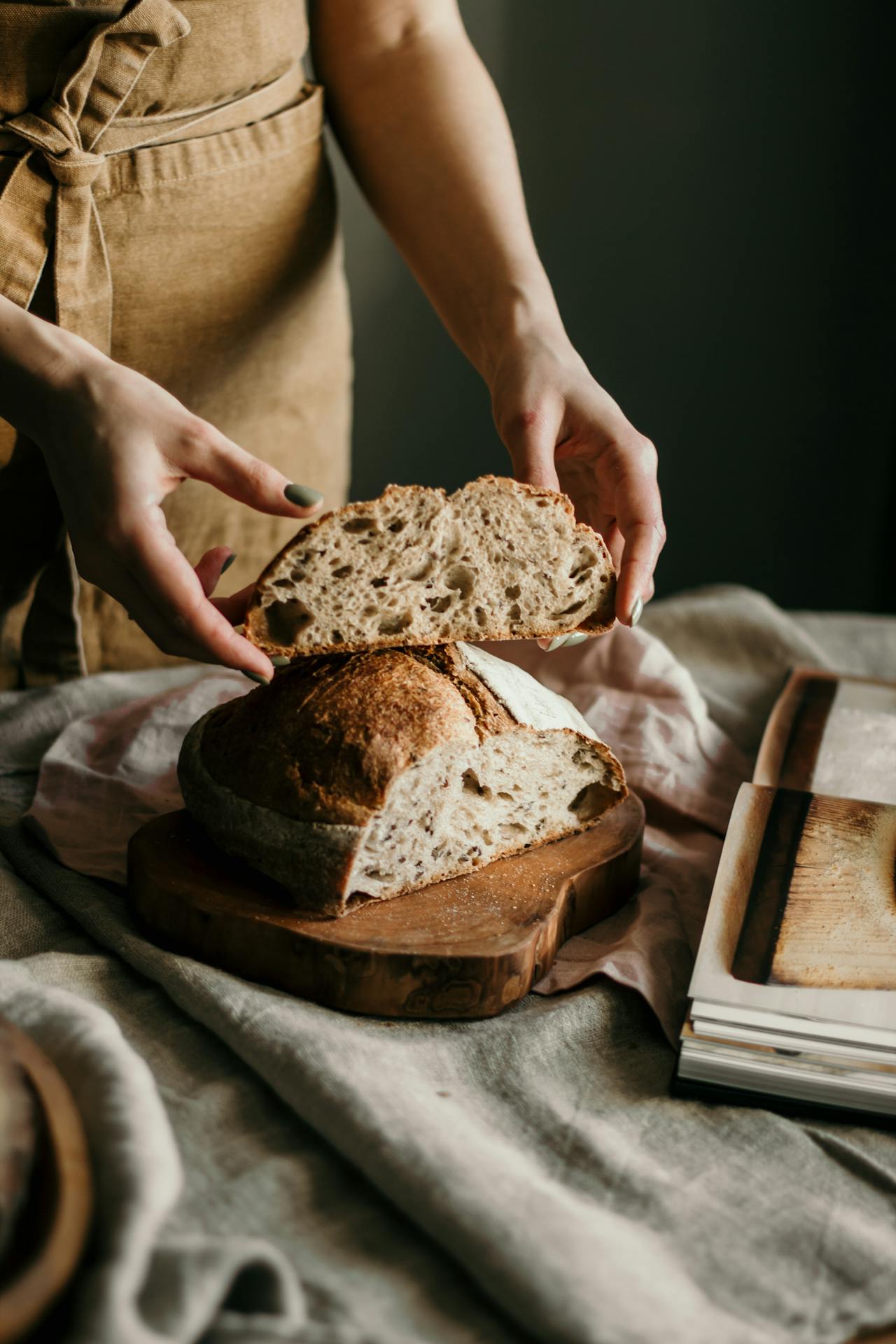Back in 2004, explorer Dan Buettner, National Geographic, and the National Institute of Aging worked together to pinpoint the areas in the world where people seemed to live the longest, healthiest lives. They identified five regions: Okinawa, Japan; Sardinia, Italy; Nicoya, Costa Rica; Ikaria, Greece; and Loma Linda, California. They found that, in these parts of the world, there are lower rates of chronic disease, and people are generally happier and healthier well into their 80s, 90s, and even 100s.
Twenty years on, those regions, now known as the Blue Zones, are still in the spotlight, as people seek to understand what will help them live the best, healthiest version of their lives. And no, it’s not some magic elixir or fountain of youth. According to the official Blue Zones Project, which was founded by Buettner, it’s a combination of several simple lifestyle habits, like regular exercise; connecting with friends, family, and faith; and finding a sense of purpose, that makes a difference.
Among the many lifestyle choices that define the Blue Zones, one stands out: a predominantly plant-based diet rich in beans and vegetables and low in animal products. To help others follow the same diet, the Blue Zones Project has distilled all of the dietary information it has from the Blue Zones into 11 guidelines. Keep reading to find out what they are.
 Ella Olsson/Unsplash
Ella Olsson/Unsplash
1 Eat 95 to 100 percent plant-based
In the Blue Zones, meat is eaten “sparingly,” if at all, claims the Blue Zones Project. Instead, people’s diets tend to consist of plant-based whole foods, which are dense in important nutrients like vitamins, minerals, and fiber, alongside potent antioxidants and anti-inflammatory plant compounds. Their diets follow a Mediterranean pattern, which is widely considered to be the healthiest way to eat due to its emphasis on plant foods.
2 Avoid meat
The Standard American Diet, or Western Pattern Diet as it’s commonly known, is high in animal products. Research suggests that most people in the US eat processed meats, including ham, bacon, and sausages, every week. But research suggests eating this way might not be the best for our health. Processed meat is classified as a group one carcinogen by the World Health Organization, for example. It is also a source of saturated fat, which is known to increase LDL cholesterol, a risk factor for heart disease.
“The average American eats about 240 pounds of meat, which is driving much of our type 2 diabetes, heart disease, certainly cancers in the GI tract, and I would even argue dementia. In the Blue Zones, on the other hand, they traditionally ate about 20 pounds of meat a year, and it was always from grass-fed animals that they lived with and cared for until they became food,” Dan Buettner said to GQ.
3 Skip the fish
According to the Blue Zones Project, while small fish like sardines and anchovies are eaten in many Blue Zones, seafood isn’t overconsumed like it is in the West. Portions are kept to a minimum and fish is only eaten around three times a week at a maximum. This reduces pressure on ecosystems and minimizes exposure to toxins like mercury, but fish isn’t a crucial aspect of the diet. “Fish is not a necessary part of a longevity diet,” notes the organization.
4 Reduce dairy
Westerners love cheese made from cow’s milk. In fact, according to the International Dairy Foods Association, for the first time, annual cheese consumption exceeded 40 pounds per person in 2022. But while it is a source of protein and some vitamins and minerals, cheese is also a significant source of saturated fat. In the Blue Zones, people do eat dairy, but this tends to come from goats or sheep, rather than cows. We say skip the dairy altogether as it may increase the risk of certain cancers and other health complications.
 Hodo Foods
Hodo Foods
5 Cut down on eggs
Research suggests that, on average, Americans eat nearly 300 eggs each per year. Although eggs are often touted as a protein-rich food, a number of plant-based foods—including tempeh, chickpeas, and tofu—contain more protein than eggs. Plus, chicken eggs are also high in cholesterol. Some studies have linked dietary cholesterol with an increased risk of cardiovascular disease. Blue Zoners do eat eggs, but their consumption is minimal compared to many Westerners. They also tend to source their eggs from free-ranging chickens, but overall, eggs aren’t crucial for longevity. “Eggs aren’t necessary for living a long life and we don’t recommend them,” notes the Blue Zone Project. Find our guide to egg alternatives here.
BECOME A VEGNEWS VIP: Get exclusive product deals, freebies, and perks galore!
6 Decrease sugar
According to the Blue Zones Project, Blue Zoners do eat sugar, but it’s in a different way compared to much of the West, where products high in refined sugar are common. “People in the Blue Zones eat sugar intentionally, not by habit or accident,” the organization explains. “They consume about the same amount of naturally occurring sugars as North Americans do, but only about a fifth as much added sugar—no more than seven teaspoons of sugar a day.”
 Dane Tashima
Dane Tashima
7 Eat beans, beans, and more beans
According to Buettner, one of the biggest dietary habits that Blue Zoners have in common is their love for beans. In fact, he says beans are a staple in every Blue Zone he’s been to. “Beans are so filling and can help you to feel more satisfied with a lower amount of calories, leading to better weight management in those who eat them regularly,” Anna Herby, DHSc, RD, CDE Nutrition Education Specialist for the Physicians Committee for Responsible Medicine (PCRM), told VegNews. “With all these health benefits, it’s no wonder those who eat them live longer, healthier lives.”
8 Prioritize nuts
While Americans are likely to snack on ultra-processed foods like potato chips, candy, and cookies, Blue Zoners opt for whole food options, like nuts. Nuts are rich in vitamins, minerals, fiber, and healthy fats, so they’re no doubt a healthy choice. “Our advice: if you must eat sweets, save cookies, candy, and bakery items for special occasions,” notes the organization.
 Pexels
Pexels
9 Swap your bread for sourdough
According to Statista, wholewheat and multigrain bread are the most popular bread choices in the US, and this is a good thing as these options are higher in fiber than white bread. But if you can, consider eating more sourdough, too, notes the Blue Zones Project. “Traditional sourdough breads actually lower the glycemic load of meals, making your entire meal healthier, slower burning, easier on your pancreas, and more likely to make calories available as energy than stored as fat,” it notes.
10 Reduce ultra-processed foods
In 2021, New York University warned that the consumption of ultra-processed foods was rising in the West. While some of these foods can be nutritious, a significant amount are high in saturated fat, additives, and refined sugar. In the Blue Zones, the consumption of ultra-processed foods is low. Instead, people tend to eat whole ingredients, which are more nutrient-dense. “A good definition of a ‘whole food’ would be one that is made of a single ingredient, raw, cooked, ground, or fermented, and not highly processed,” explains the organization.
11 Drink water and occasionally, red wine
Fizzy drinks are rarely seen in the Blue Zones. Instead, people drink tea, coffee, and occasionally, red wine, but only in moderation, which research shows may have some health benefits. On the whole, however, they drink water. “Adventists recommend seven glasses of water daily,” notes the Blue Zones Project. “They point to studies that show that being hydrated facilitates blood flow and lessens the chance of a blood clot.”
For more plant-based stories like this, read:
JUMP TO ... Latest News | Recipes | Guides | Health | Subscribe









